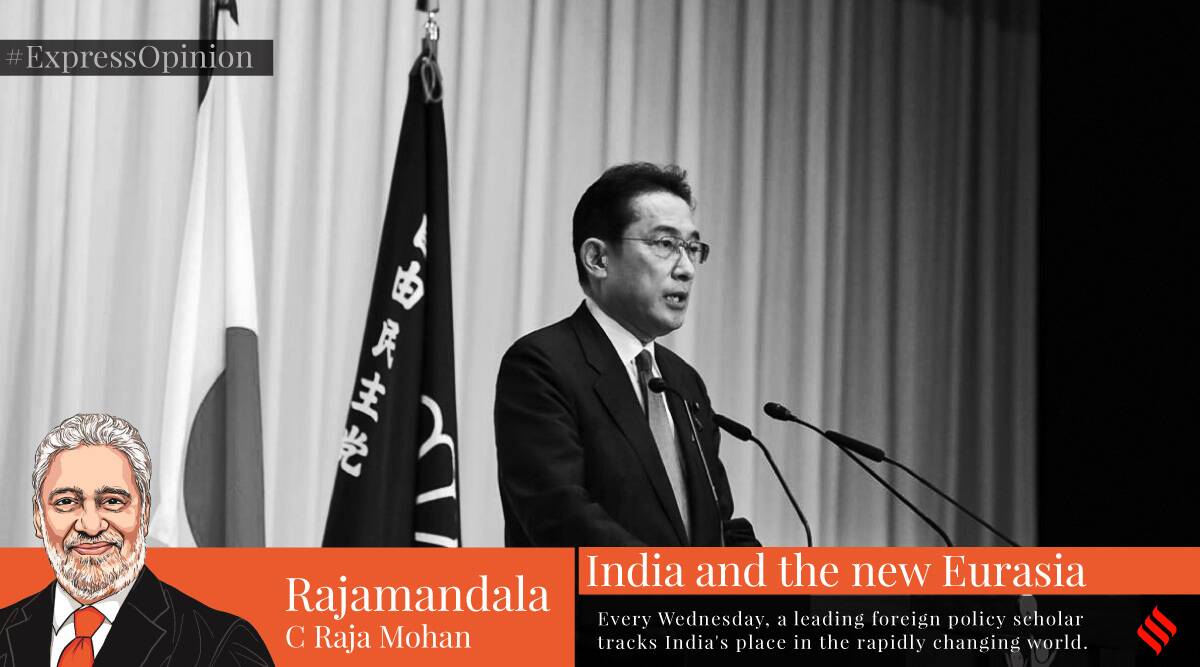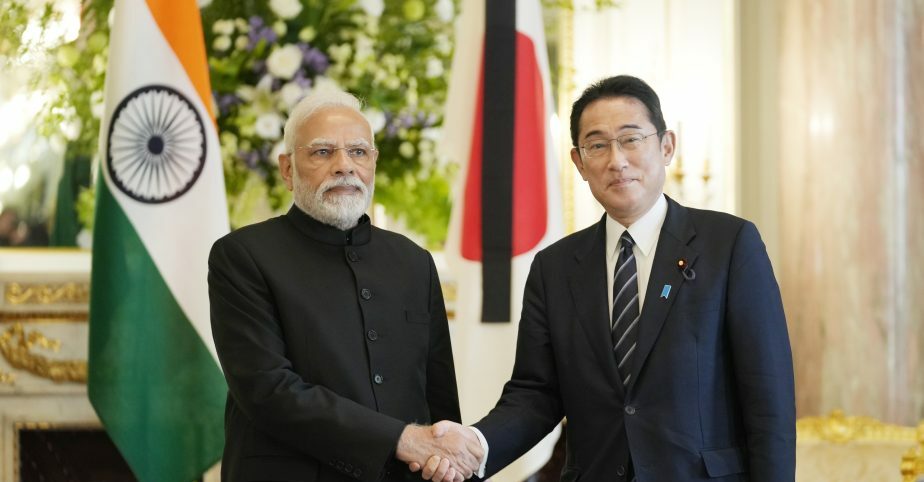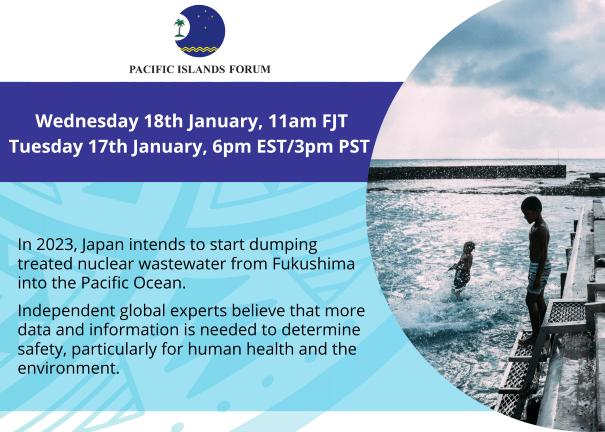Understanding Japan’s Nuclear Dilemma
CAPS
APLN member Manpreet Sethi analyses Japanese Prime Minister Kishida’s overtures towards nuclear disarmament as well as new defence build-up with modernisation of conventional forces. Read the original article here.
On December 2, 2022, Japan’s Prime Minister Fumio Kishida announced a 15-member International Group of Eminent Persons from nuclear and non-nuclear states to initiate discussions on steps towards universal nuclear disarmament. The first meeting of the group was held on December 10-11, 2022, in Hiroshima, his hometown. The choice of the venue turned out to be both emotional and educational. Visiting ground zero, hearing from the hibakushas (survivors of the atomic bombing) on what they were doing on the morning of August 6, 1945, and engaging with the Japanese youth and civil society, who appealed to the members to show courage in identifying bold steps for the elimination of nuclear weapons, added a sombre dimension to the deliberations. Clearly, the challenges to moving towards a nuclear weapons-free world in the current circumstances are humongous, as acknowledged by PM Kishida himself.
In fact, this is his second such effort. In 2017, too, as foreign minister, he instituted a similar group. Meanwhile, nearly a decade earlier, in 2008, Japan teamed up with Australia to form the International Commission on Nuclear Non-proliferation and Disarmament. However, the lack of progress on disarmament by the nuclear weapon states (NWS) recognised by the NPT has resulted in a situation where strained geopolitical relations have made nuclear buildup, not disarmament, the order of the day. Therefore, a fresh call by the Japanese PM to yet again explore steps towards the eventual elimination of nuclear weapons reflects his leadership on an issue close to his heart and to a majority of the Japanese public.
Interestingly, this initiative also comes at a time when Japan is facing a rather rough security environment. In fact, on December 16, 2022, Tokyo announced a new National Security Strategy (NSS), National Defence Strategy (NDS), and Defence Build-up Program (DBP), taking into account Japan’s current security concerns. The first of these, expectedly, arises from China’s military advances and its frequent incursions into Japanese waters and around the islands disputed between the two. The latest NSS describes China as an unprecedented ‘strategic challenge’ rather than just an ‘issue of concern,’ as had been done in the 2013 NSS. A second threat comes from North Korea’s advancing nuclear and missile capabilities. North Korea tested more than 90 missiles in 2022, some of which flew over Japanese territory. Pyongyang’s continued nuclear and missile buildup and the lack of progress on the part of the USA, South Korea, and Japan to handle the challenge cause worries in Japan. The third threat has arisen from the Russian operation against Ukraine, which has awakened Tokyo to the possibility of military action by an NWS against another non-nuclear nation. While Japan relies on the US nuclear umbrella to avert such a possibility, the incident has underscored the need for a sufficient national military capability to handle regional contingencies, especially if Washington was distracted by other priorities, as it presently is with Europe.
In the wake of these palpable security threats, it is not surprising that Japan’s NDS 2022 has acknowledged that “Japan must: fundamentally reinforce defense capability with a focus on opponents’ capabilities and the ways they prosecute warfare; and actively adapt to new ways of warfare.” Accordingly, the DBP has decided to hike defence spending from 1 per cent to 2 per cent of Japan’s GDP by 2027, making it Japan’s largest military spending since World War II. Secondly, Japan has also outlined plans to acquire ‘counterstrike capability’ through long-range land and sea-launched missiles. In the past, Tokyo preferred relying on missile defence. But now, it appears ready to accept counterstrike as a way to thwart enemy attacks rather than just defending itself. Finally, of course, the NDS clarifies that “counterstrike capabilities fall within the purview of Japan’s Constitution and international law; they do not change Japan’s exclusively defense-oriented policy.”
None of the three documents mentions nuclear weapons. Japan continues to maintain the centrality of the ‘Three Non-Nuclear principles,’ adopted by the National Diet in 1971. These include a commitment to “not possess, not produce, and not permit the introduction of nuclear weapons.” However, discussion on nuclear sharing a la NATO has surfaced amongst the Japanese strategic community of scholars and retired practitioners. Soon after the Russian military action against Ukraine, the former PM of Japan, late Shinzo Abe, also from the same political party as the current PM, had hinted at a reappraisal of security strategies by the NNWS, including Japan. He had called upon Tokyo to cast off taboos around its possession of nuclear weapons and consider hosting them as NATO members do in Europe.
For now, though, Japan does not seem to be ready to accept this advice. Rather, it appears to be basing its defence strategy on three planks. One, it is significantly enhancing its conventional forces. Secondly, it is seeking reinforcement of the US commitment to keep nuclear weapons as a core component of their alliance. So, Japan is supportive of the US first-use strategy and its deployment of low-yield nuclear weapons to deter regional contingencies. Thirdly, Japan is looking for universal nuclear disarmament to strip its adversaries of their nuclear weapons and thus ease its security concerns in the long term. Is there a dichotomy amongst these three efforts? Are the first two in conflict with the last one?
Not necessarily, when seen through the lens of Japan’s increasingly hostile threat environment. This is forcing Tokyo to balance a pacifist constitution and a desire for eventual nuclear disarmament with the compulsion of military enhancements, including through US affirmations of an “unwavering commitment to the defense of Japan, including… by the full range of conventional and nuclear capabilities.”
It may be recalled that India, too, faced a somewhat similar dilemma in the 1980s and 1990s when it was faced with threats from two nuclear-armed nations, China and Pakistan. Without the protection of a nuclear umbrella of any NWS, India too had then campaigned for prioritising nuclear disarmament. PM Rajiv Gandhi presented an action plan to the third special session on disarmament in 1988. However, Cold War politics killed the initiative. Thereafter, the unconditional and indefinite extension of the NPT in 1995 made India realise that the non-nuclear weapon states (NNWS) had lost any leverage on the NWS to push them towards giving up their nuclear weapons. The belief was strengthened when the CTBT, in 1996, accepted the rights of the NWS to undertake non-explosive nuclear tests to hone their nuclear arsenals while binding others to a ban on nuclear testing. All these developments shattered New Delhi’s hopes for universal nuclear disarmament. Acquisition of nuclear weapons became a necessity to safeguard against the threat of nuclear blackmail and coercion from nuclear-armed neighbours who lay claim to Indian territories. But, even as a nuclear possessor, India has continued to campaign for a nuclear-weapon-free world (NWFW). There is no contradiction in this position. Nuclear weapons remain a short-term compulsion owing to immediate security threats, but an NWFW is a long-term aspiration to remove nuclear risks and ease the security environment.
Today, Japan, too, is looking for its security by fortifying all possible routes: conventional modernisation, strengthening alliances (with the US and others, such as the Quad), and searching for universal nuclear disarmament. Each one of them is being built as a bulwark to keep the country from having to amend its policy of nuclear ‘no’. Indeed, crossing that bridge will not be easy, given that 75 per cent of the Japanese public supports nuclear disarmament. It is, therefore, not surprising that PM Kishida has chosen to give disarmament another chance in the face of the deteriorating regional and global nuclear threat environment. As he has said, “giving up is not an option”.




